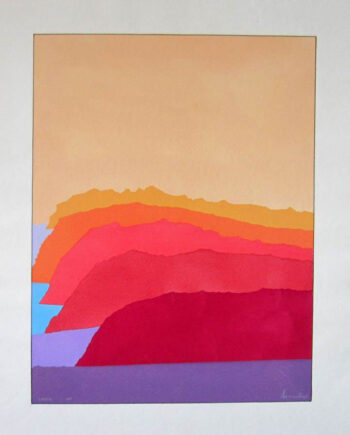Pochoir
Pochoir which is French for Stencil. A Pochoir is far from ordinary stenciling, as it is a highly refined technique of making fine limited editions of stencil prints. It is often referred to as hand-coloring or hand illustration. The 20th-century artists Pablo Picasso and Joan Miró made prints in this technique for book illustrations. More important was Henri Matisse’s use of stencil prints, notably in Jazz (1947), his illustrated book with handwritten text.
The major disadvantage of the stencil method is that, although any open design can easily be cut in a stencil, a design enclosing another is impracticable because the middle design drops out. This can be dealt with by using two overlapping half designs. If all parts of the stencil are held together with a web of threads, however, greater freedom will result. A silkscreen or a fine wire mesh that permits color to pass except where the screen is coated, or “stopped,” with glue or a similar substance is generally used for this purpose. When applied to mass-produced commercial products, such as fabrics, this process is called silkscreen. When an artist designs, makes, and prints his own stencil to produce a fine print, it is called screenprinting (aka serigraphy), and the product is called a screenprint.


